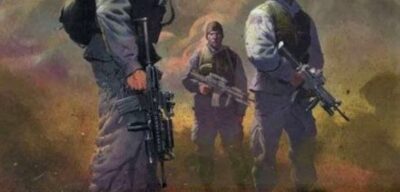The Art of Liberated Auschwitz

Just days before the official 60th anniversary of the liberation of the Nazi death camps in Europe (Jan. 27th), the United Nations is presenting a special art exhibition at the General Assembly Visitor’s Lobby. Opening on Monday, Jan. 24, 2005, Auschwitz – The Depth of the Abyss commemorates the victims of the fascist terror that claimed the lives of tens of millions. The art exhibit is comprised of two parts, The Auschwitz Album (photos taken by the SS that documented their murder machine at Auschwitz-Birkenau), and Private Tolkatchev at the Gates of Hell.
Zinovii Tolkatchev (Private Tolkatchev) was a Ukrainian Jew enlisted in the Soviet Red Army. A dedicated communist and zealous anti-fascist, Tolkatchev made drawings of the horrors he witnessed at the Majdanek and Auschwitz extermination camps immediately after their liberation.
At Auschwitz, Tolkatchev used the camp’s stationery as his drawing paper, and so he deftly created powerful sketches on the very paper that hours earlier had been used to condemn prisoners to death. Zinovii Tolkatchev’s artworks were so compelling that after the war they became part of The Holocaust Martyrs’ and Heroes’ Remembrance Authority of Israel.


